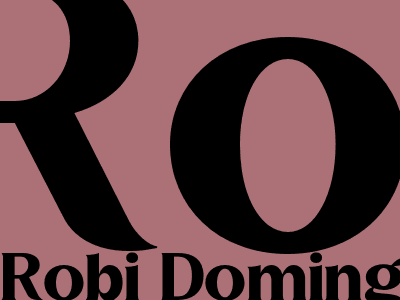
SEO Guide for Blogger.com: Optimize Your Blog for Rankings
Introduction
Blogging is a powerful way to connect with your audience, establish your expertise, and drive traffic to your website. Blogger.com, a popular blogging platform, offers an easy-to-use interface and a range of features to help you create a successful blog. However, to make the most of your Blogger blog, it's essential to optimize it for search engines like Google. This guide will provide you with comprehensive strategies to improve your blog's visibility and rankings in search engine results pages (SERPs).
1. Keyword Research and Targeting
Keyword research is the foundation of SEO. It involves identifying the search terms that your target audience is using to find content related to your niche. By incorporating these keywords into your blog posts, you can increase the chances of your blog appearing in relevant search results.
Use keyword research tools like Google Keyword Planner, SEMrush, or Ahrefs to find relevant keywords. Focus on long-tail keywords, which are more specific and less competitive than short-tail keywords. For example, instead of targeting the keyword "fitness," consider targeting "home workouts for beginners."
2. On-Page Optimization
On-page optimization refers to optimizing the content and structure of your blog posts to make it easier for search engines to understand and index. Here are key elements to consider:
a. Title Tags
Your title tag is one of the most important on-page SEO elements. It should accurately describe the content of your blog post and include your target keyword. Keep your title tag under 60 characters to avoid truncation in search results.
b. Header Tags
Header tags (H1, H2, H3, etc.) help structure your content and indicate its importance to search engines. Use H1 for the main title of your post and H2 and H3 for subheadings. Include your target keyword in your H1 tag.
c. Content Optimization
Your blog post content should be informative, engaging, and relevant to your target audience. Ensure your content is well-written, error-free, and provides valuable insights. Use your target keyword naturally throughout the content, including in the first 100 words.
d. Internal Linking
Internal linking helps search engines understand the structure and hierarchy of your blog. Link to other relevant blog posts within your content to provide additional context and improve navigation for users.
3. Off-Page Optimization
Off-page optimization involves building backlinks to your blog from other reputable websites. Backlinks are like votes of confidence in the eyes of search engines and can significantly improve your blog's authority and rankings.
Here are some effective ways to build backlinks:
a. Guest Posting
Write guest posts for other blogs in your industry and include a link back to your blog.
b. Social Media Engagement
Share your blog posts on social media platforms and engage with your followers to attract potential backlinks.
c. Outreach
Reach out to other bloggers and website owners in your niche and request backlinks to your blog.
4. Technical SEO
Technical SEO involves optimizing the technical aspects of your blog to ensure it is crawlable and indexable by search engines.
Here are some technical SEO considerations:
a. Website Speed
Ensure your blog loads quickly. Use tools like Google PageSpeed Insights to identify areas for improvement.
b. Mobile Optimization
Make sure your blog is mobile-friendly. Use a responsive design that adapts to different screen sizes.
c. XML Sitemap
Create an XML sitemap and submit it to Google Search Console to help search engines discover all pages on your blog.
5. Content Marketing and Promotion
In addition to technical SEO, promoting your blog content through content marketing is essential.
Here are some content marketing strategies:
a. Social Media Marketing
Share your blog posts on social media and engage with your followers.
b. Email Marketing
Build an email list and send out newsletters to promote your blog content.
c. Influencer Marketing
Collaborate with influencers in your niche to promote your blog.
Conclusion
By implementing the strategies outlined in this guide, you can effectively optimize your Blogger.com blog for search engines and improve your visibility and rankings. Remember, SEO is an ongoing process, and regular monitoring and adjustments are necessary to maintain your success in SERPs.